The view looking towards Lundin Golf Club House is shown above. The top image from circa 1900 features a newly-completed club house set in a somewhat untamed and sandy landscape. The recent photograph, taken around a century and a quarter later, shows a club house which has been extended and modernised on multiple occasions. A sizeable pro shop stands in the place of a simple starter's hut. The original golf shop was the tiny building on the left in the black and white photograph (shown in detail below). The gravel track leading up to the club house has long been replaced with a tarmac road. Many cars arrive daily to deliver the players that once made their way to the course on foot or by train.
The Lundin Golf Club House was officially opened in May 1896 and two months later the 'rustic fence' of varnished undressed tree trunks was added around it (see detailed image below). This late Victorian club house replaced a simple two room forerunner, which no longer met the needs of the growing membership. Designed by Edinburgh architect Peter Lyle Barclay Henderson, summer visitor and keen golfer, the new club house shared features with some other Henderson's other work. Inside the new club house was as tasteful as the exterior, with an open timber ceiling, panelled walls, fireplaces and ornate lighting.
Blown sand was a perennial nuisance in the early days of Lundin course, as the image above suggests. The article below from the 6 April 1910 Leven Advertiser explains the situation further. In high winds, tons of sand could be blown onto the course. Greenkeeper at the time, George Greig, was a "man of resource" who set about managing the problem with soil, barricades and planting.
The sand hill once adjacent to the club house was also tamed, by overplanting grass and by building a fence, before it was finally removed around 1912 when the club house was extended on the seaward side. The Leven Advertiser piece below from 16 August 1911 records the decision to extend the club house to the south, clearing away the sand bank in the process. This first extension was very sympathetic to Henderson's original design with its turreted window and blended-in brick work. Peter Henderson died in June 1912 following a few years of poor health.
The series of images below show the evolution of the building through various modifications. From top to bottom the images dates to around 1900, 1915, 1970 and present day. The 1912 extension turret was lost along the way but the shape of the original club house can still be made out. Today, the club house makes the most of the attractive views across the links and the coastline with many large windows along the ground floor frontage. At the foot of the post are a couple of views from inside the club house looking out.
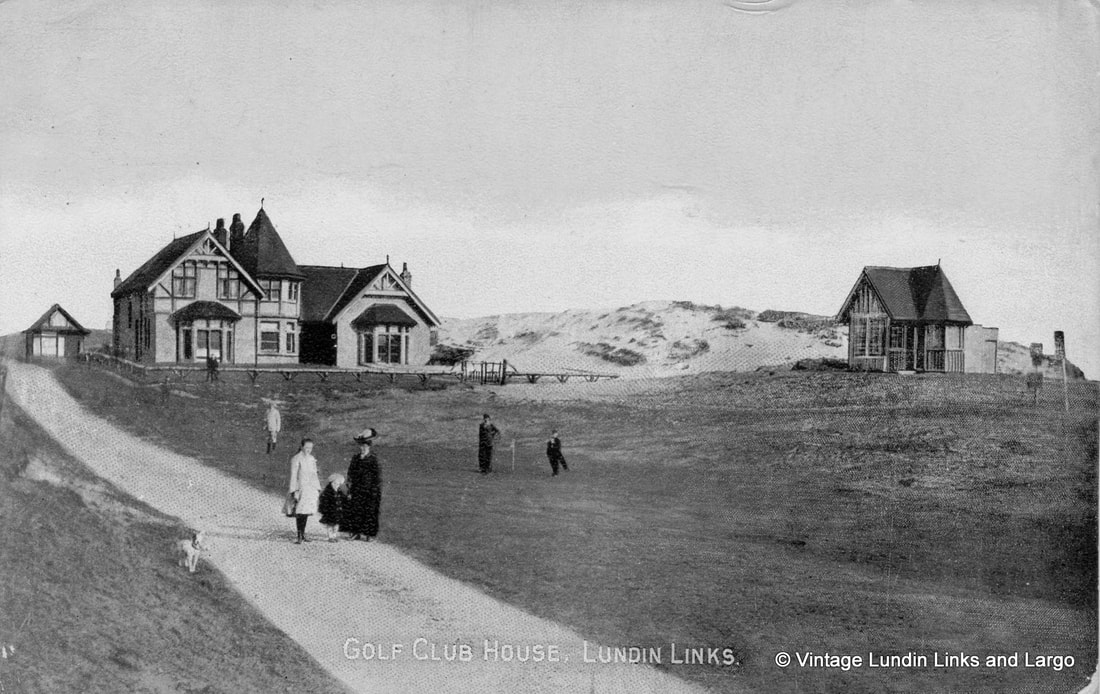
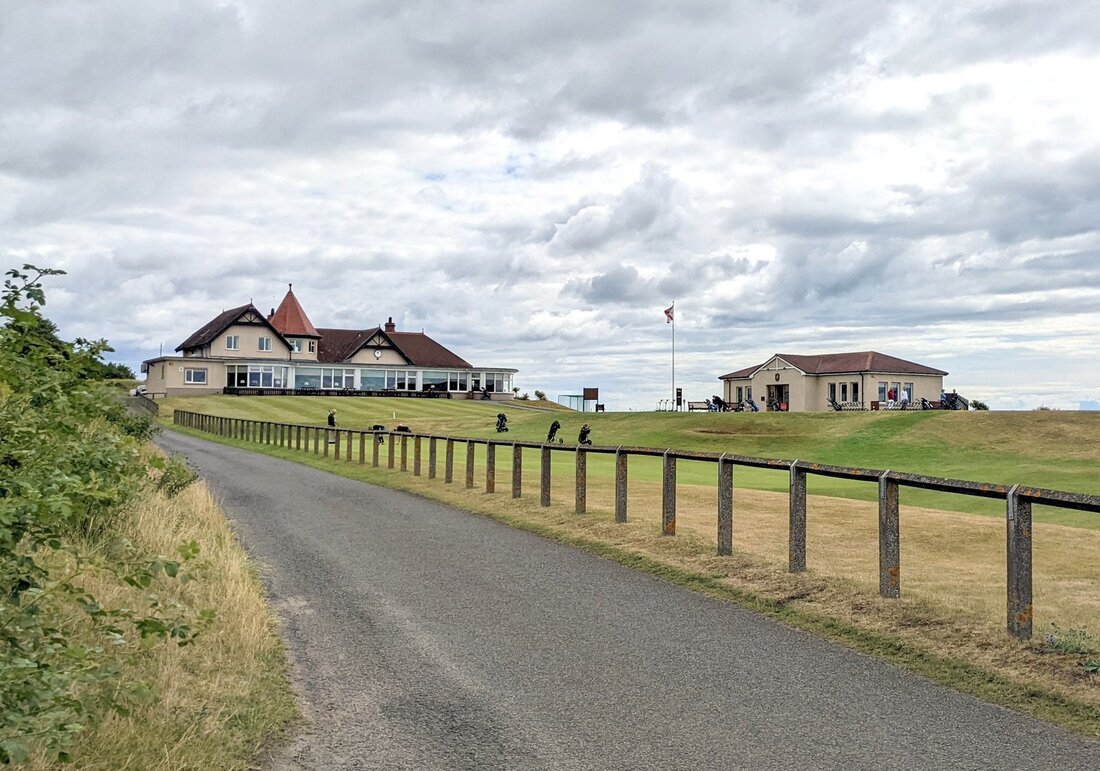
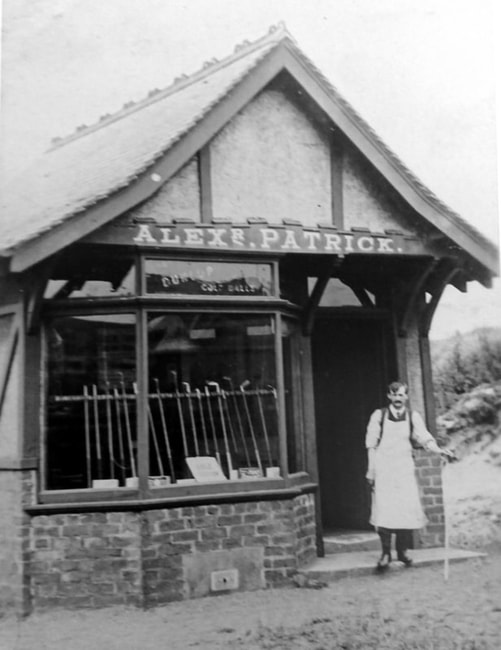
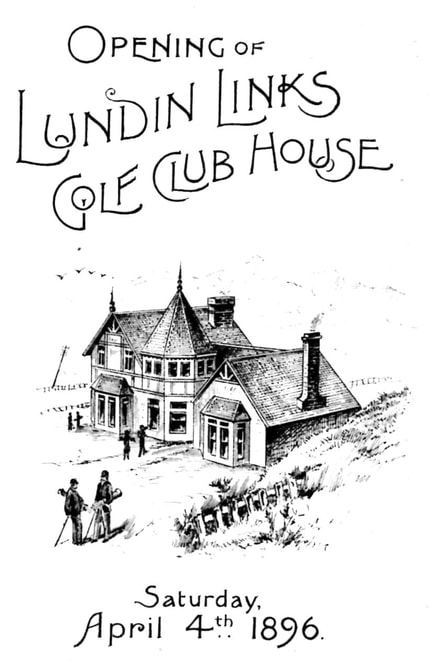
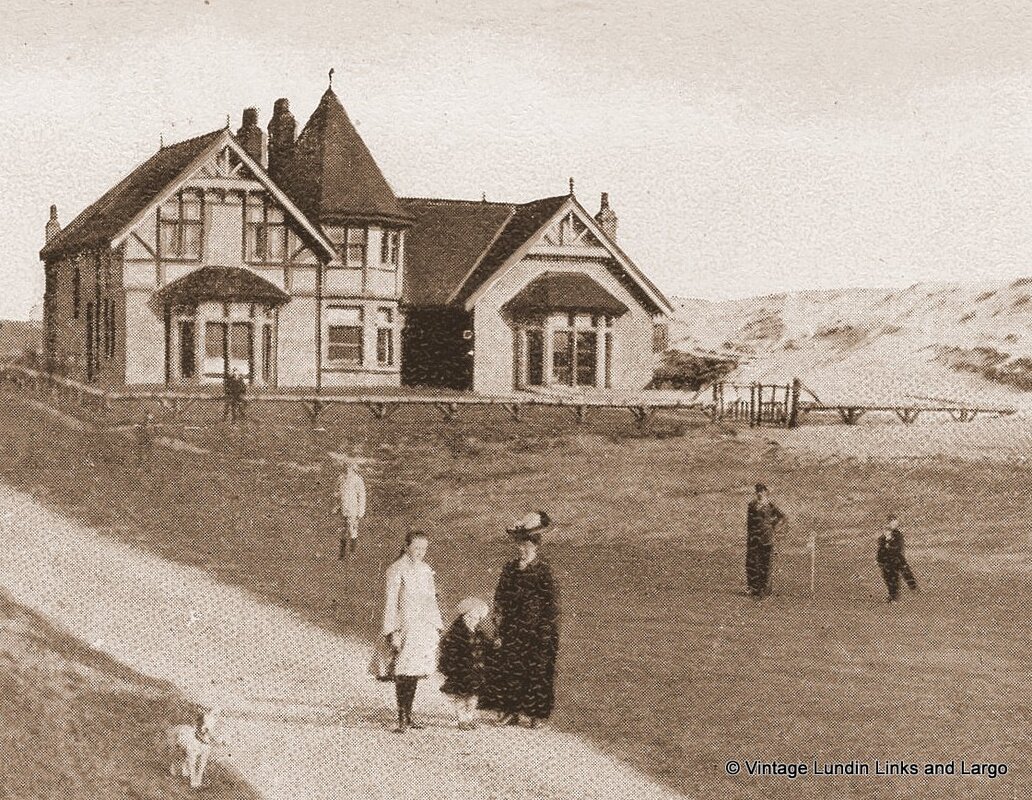
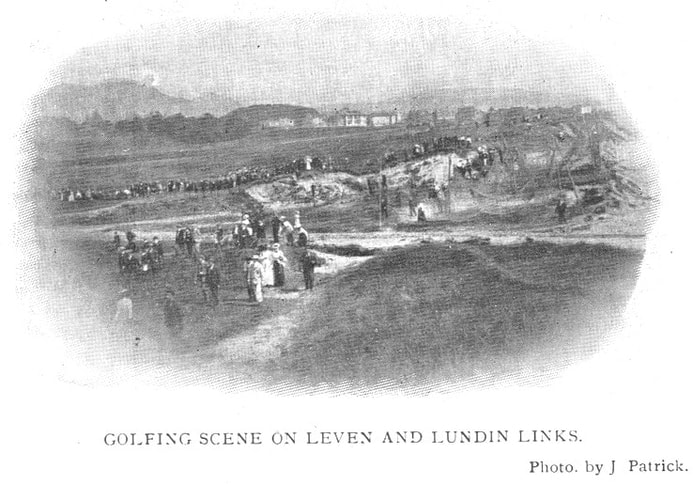
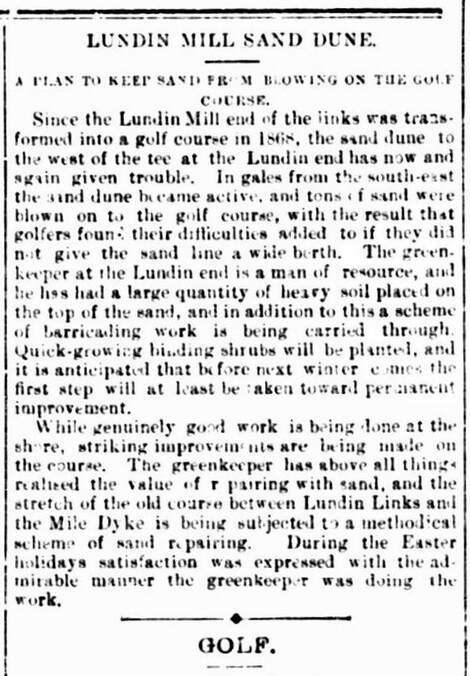
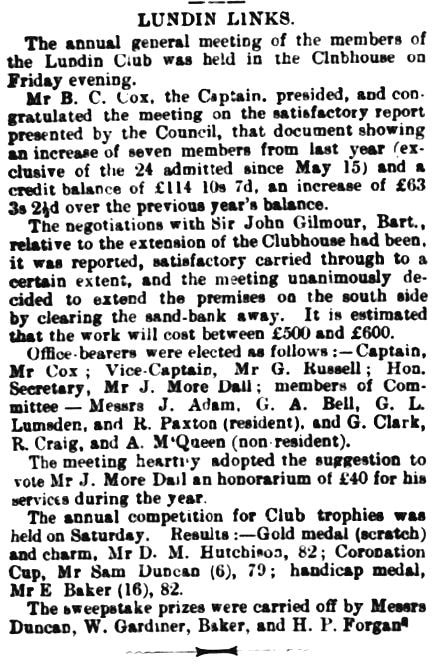
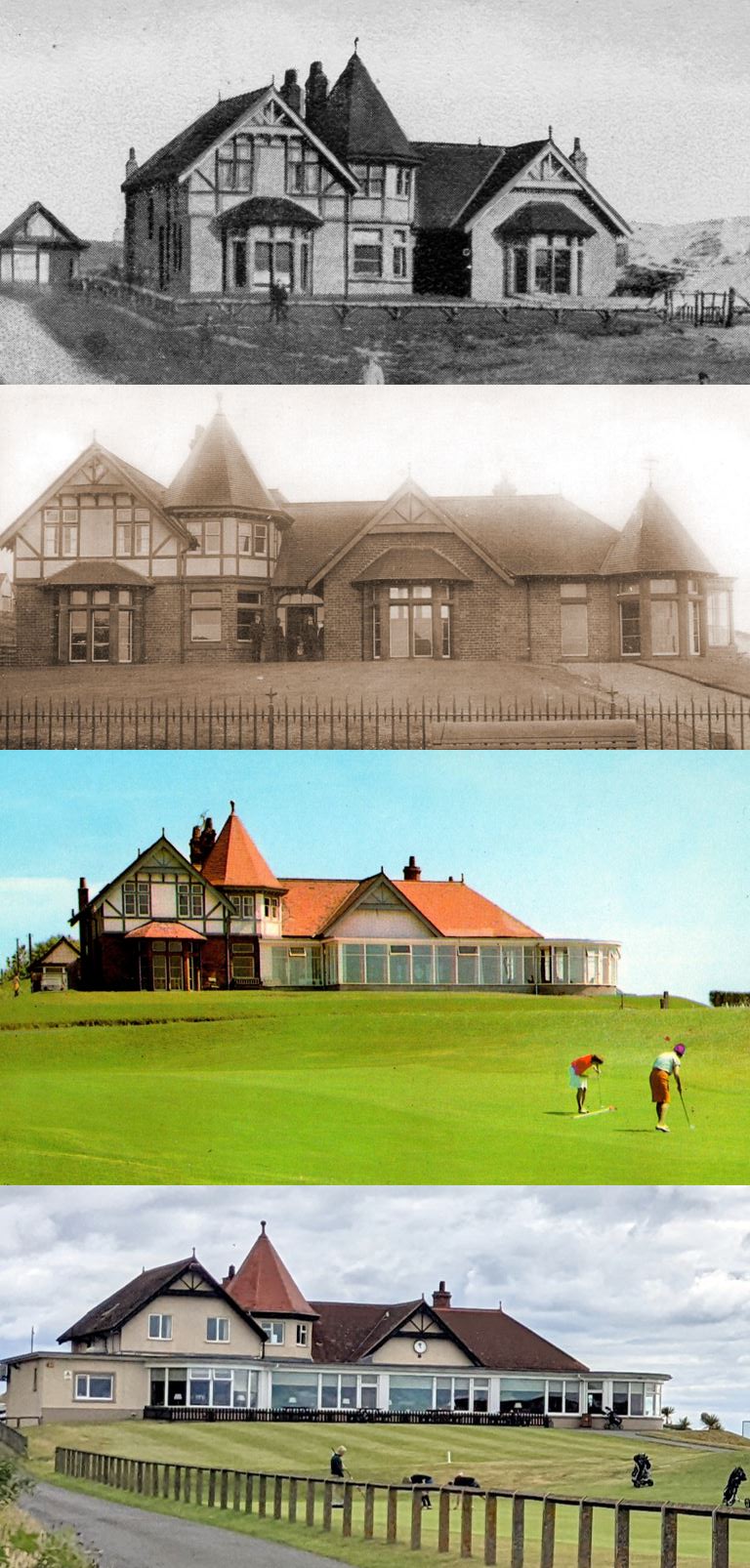
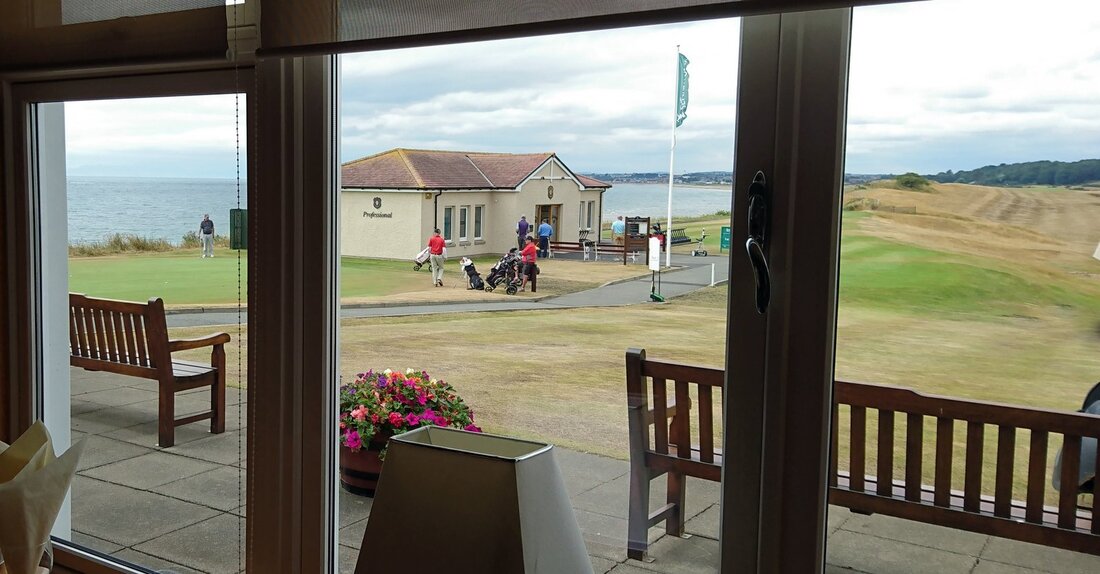
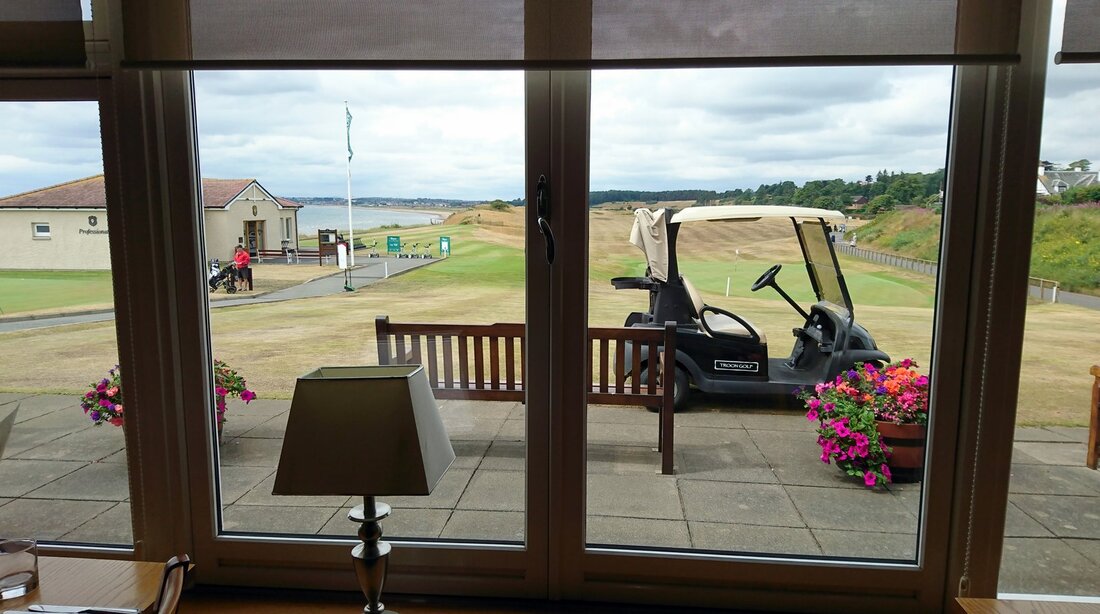
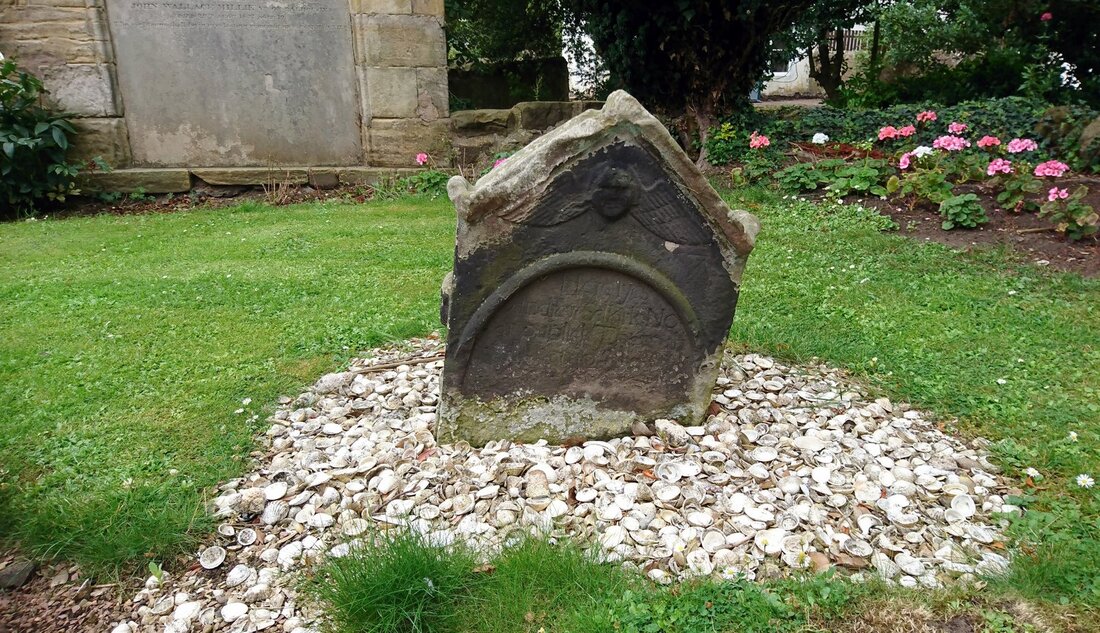
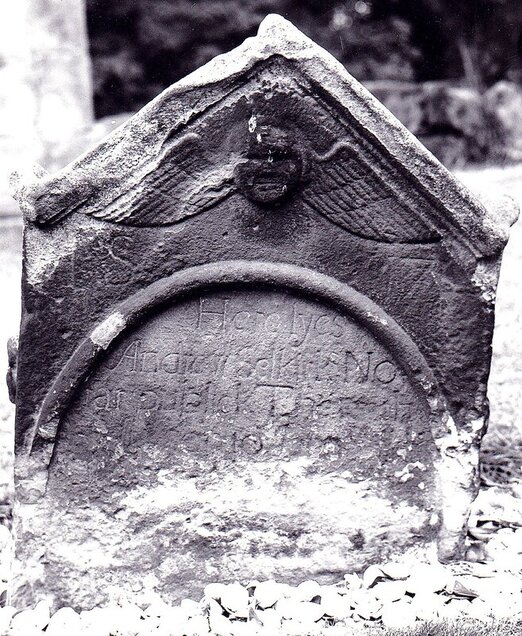
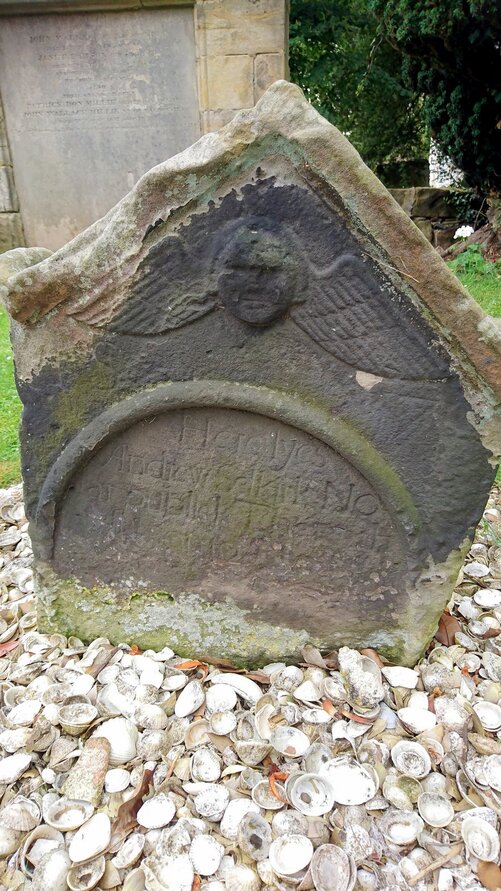
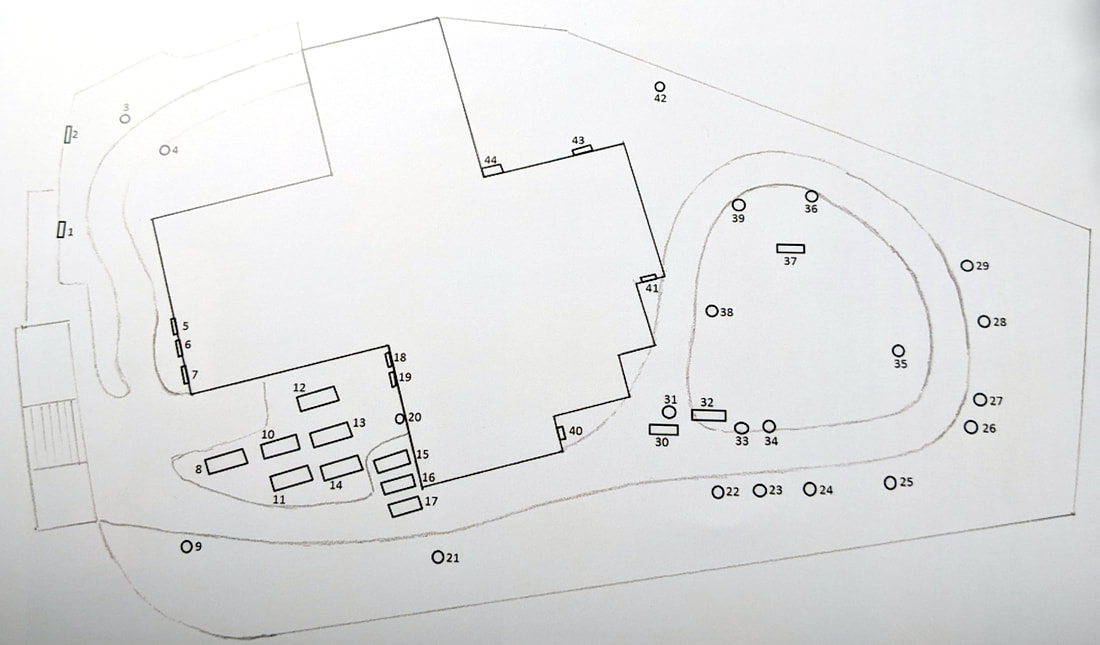
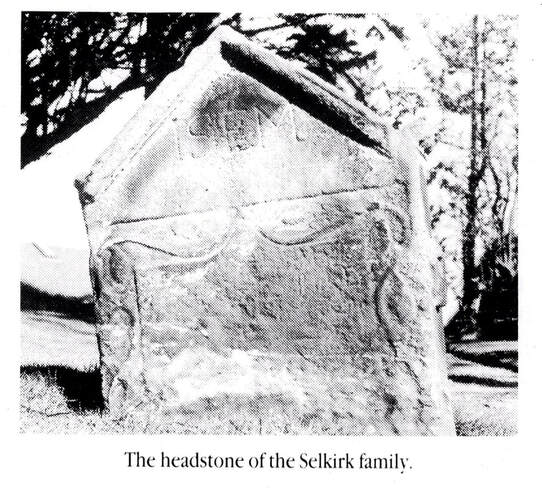
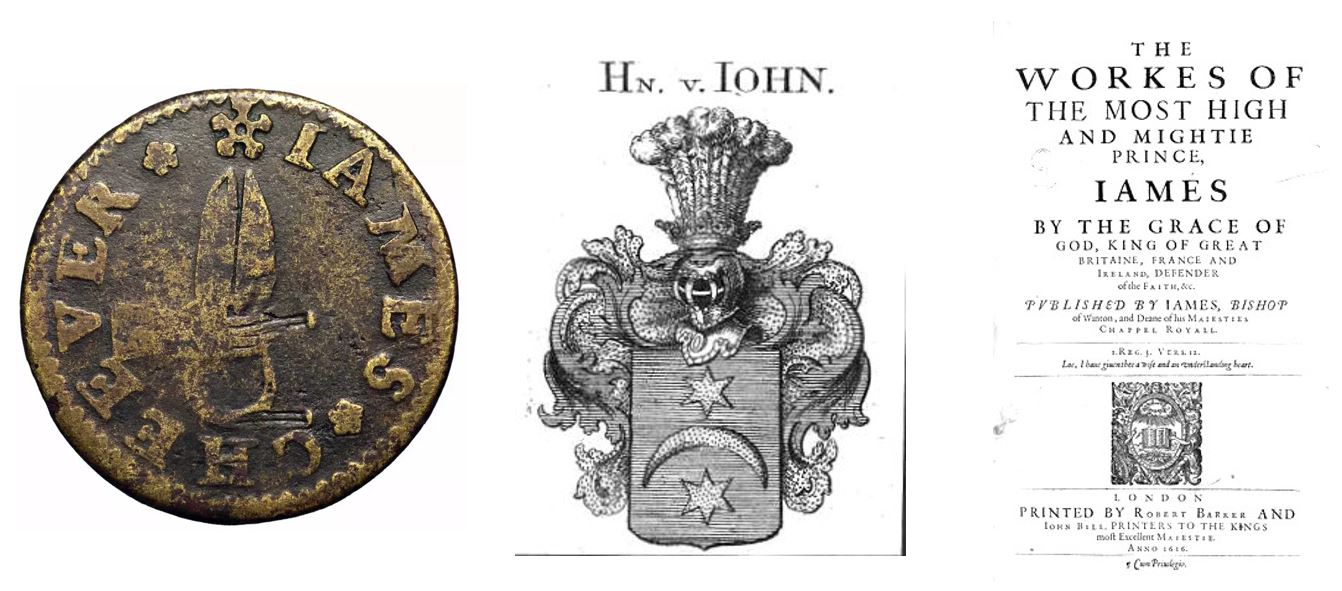
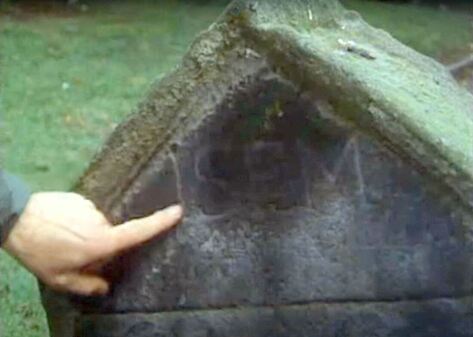
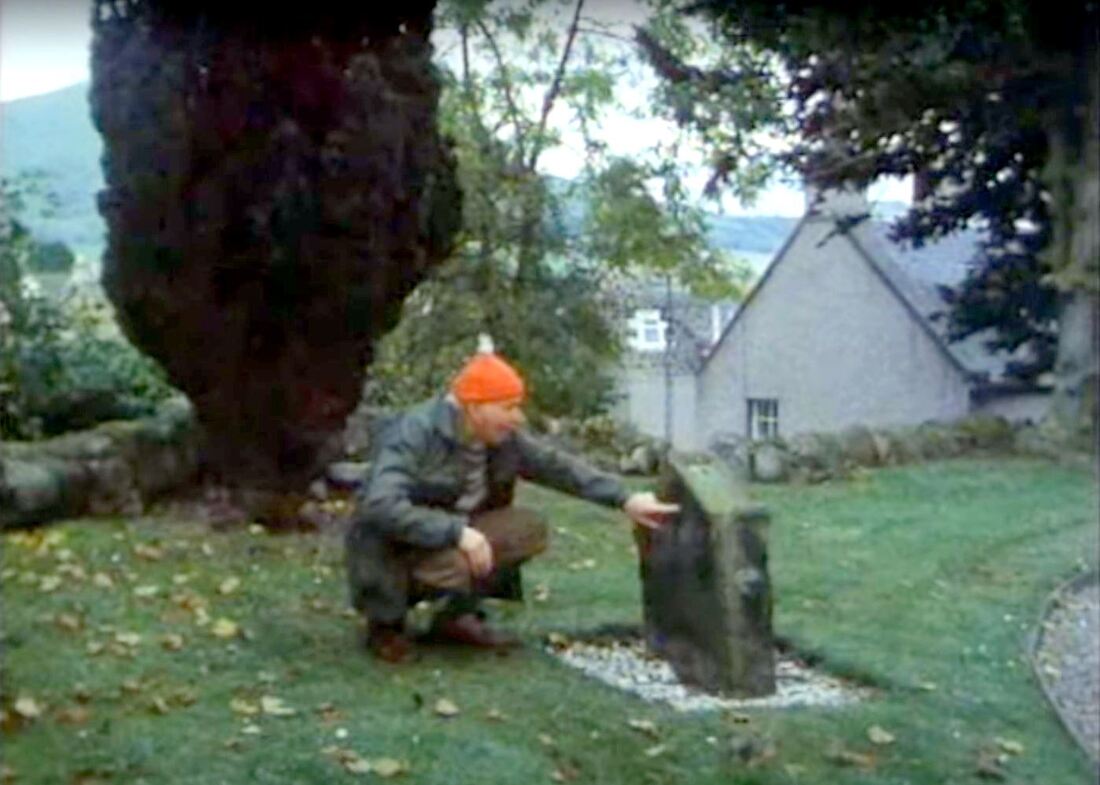
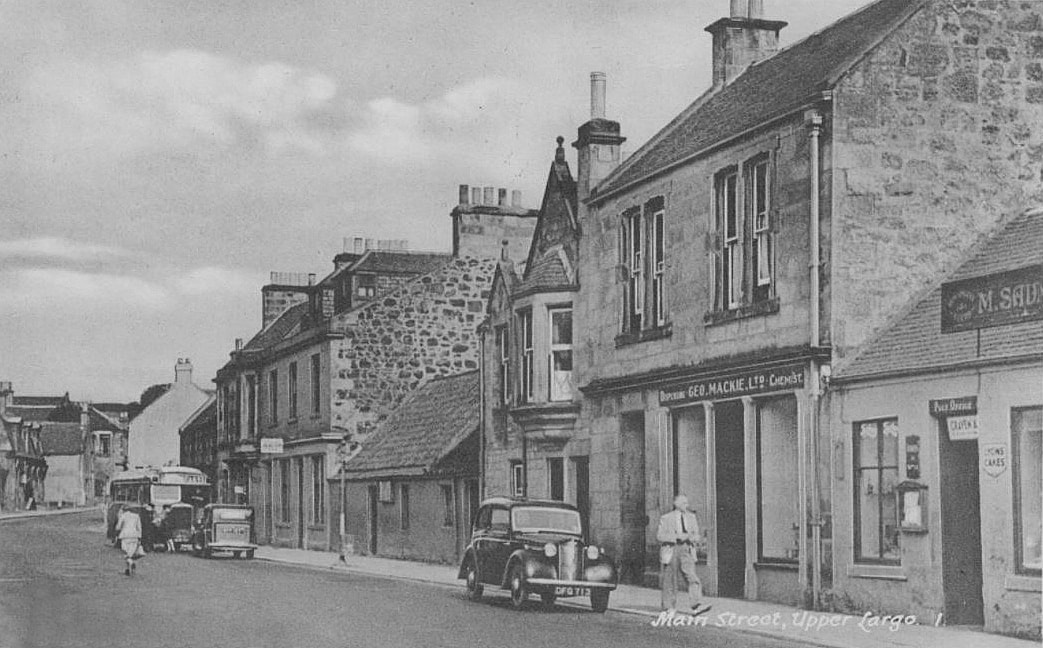
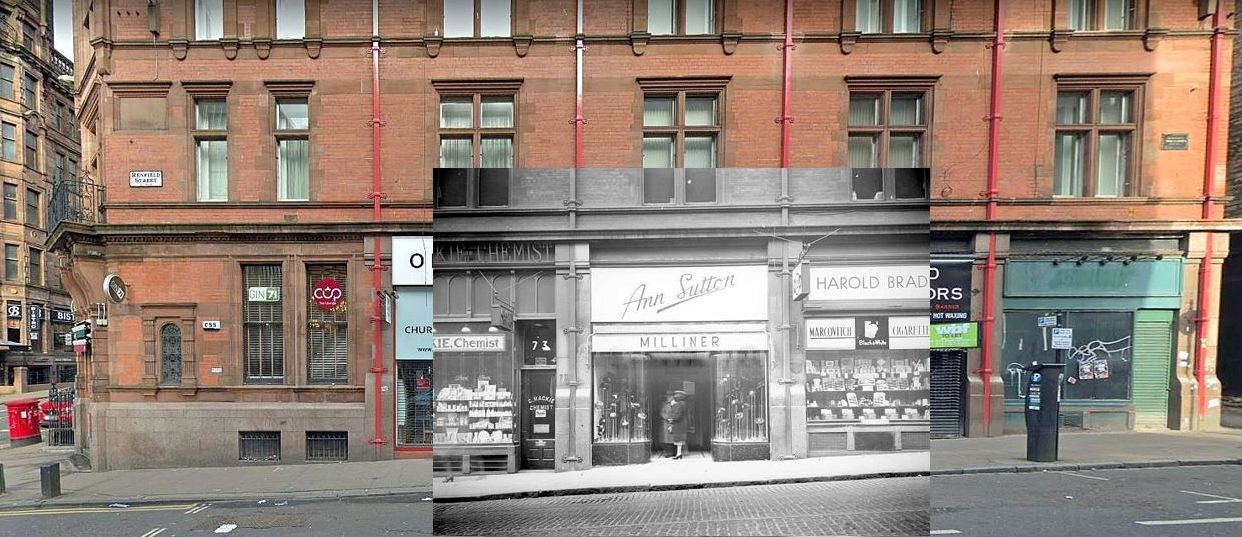
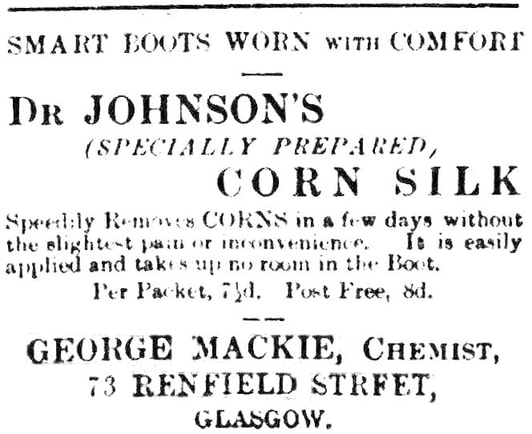
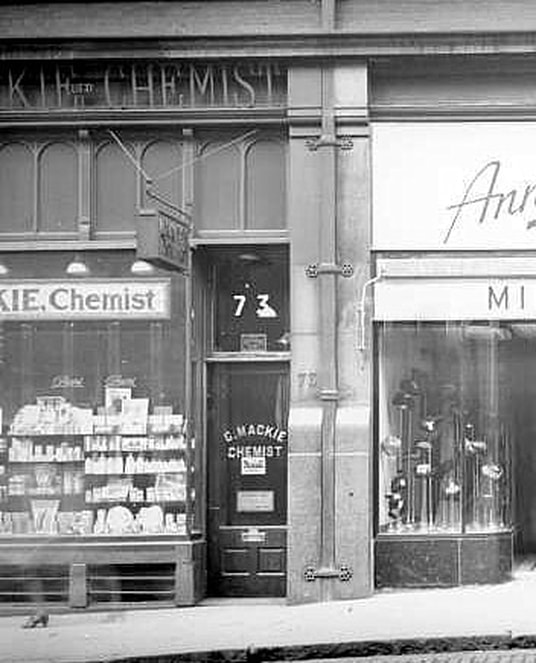
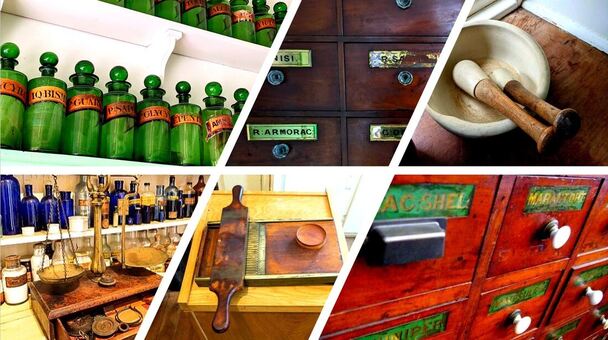
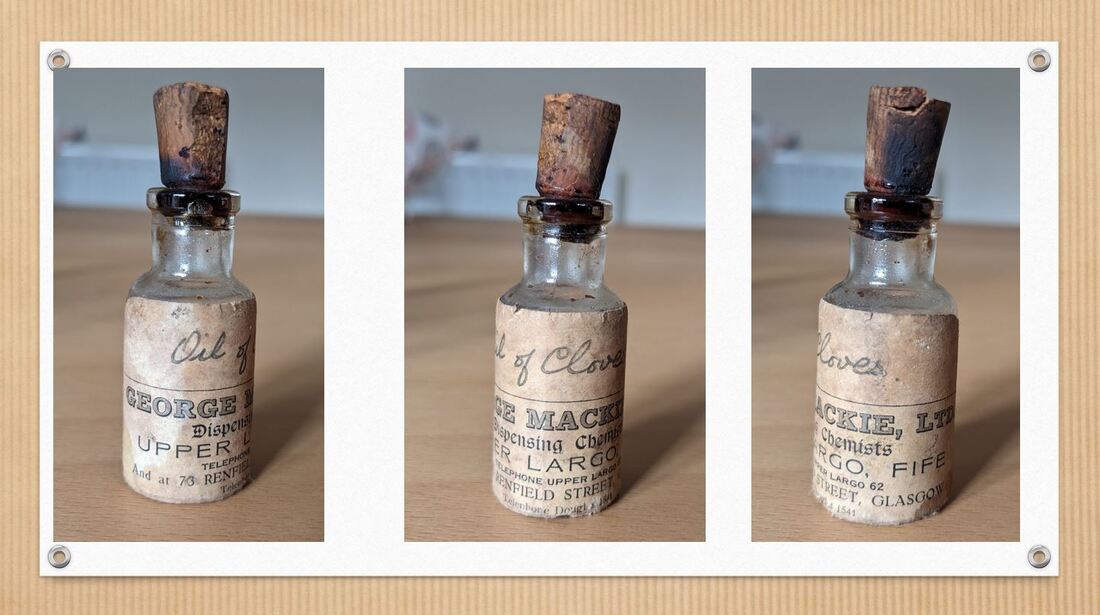
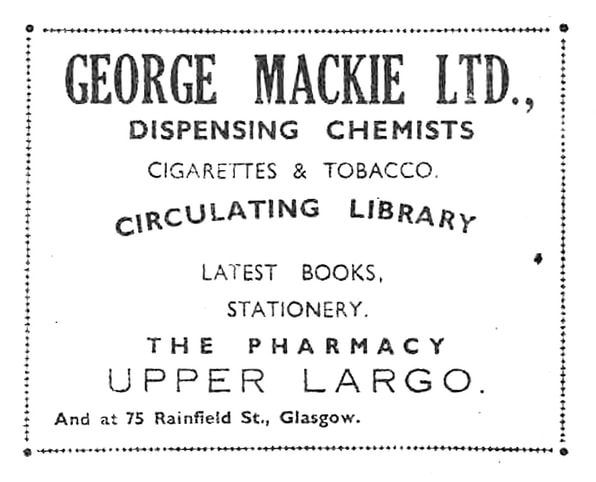
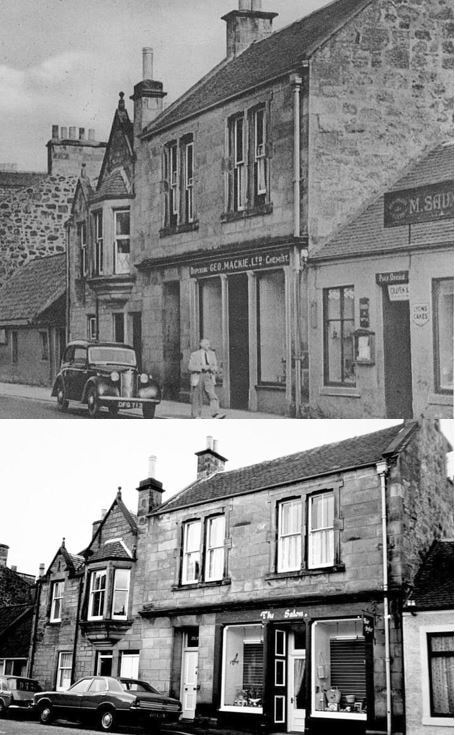
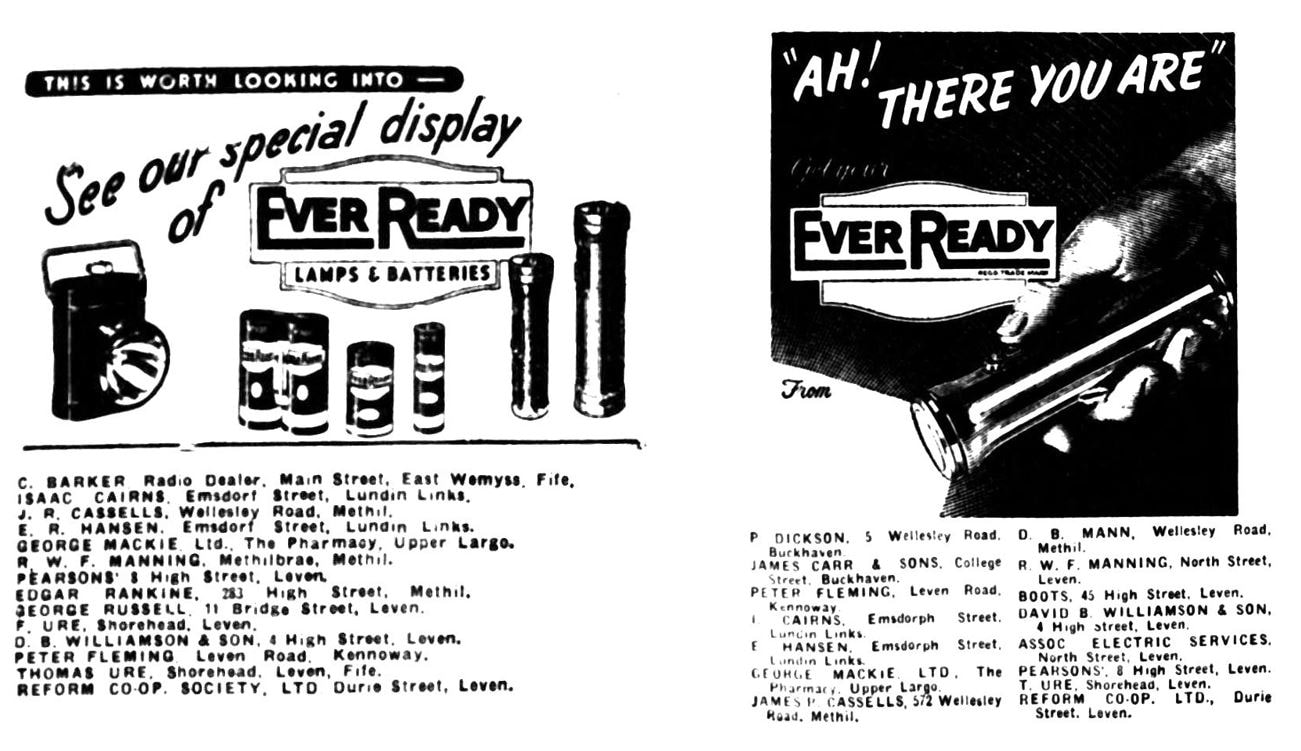
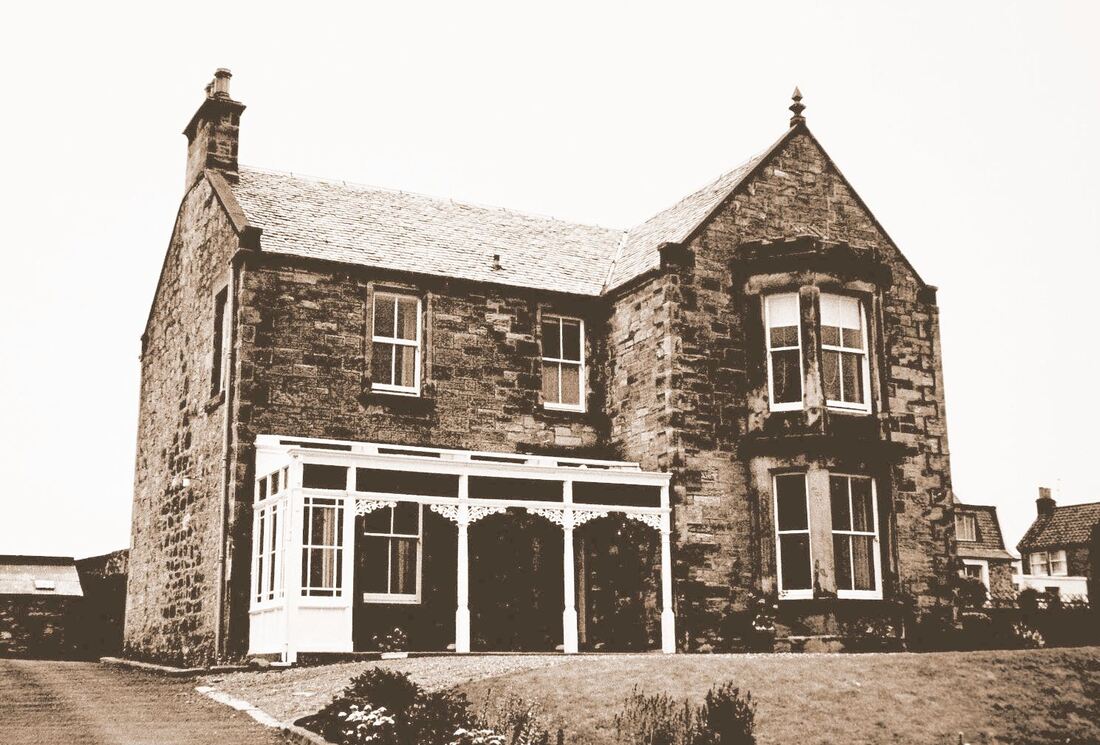
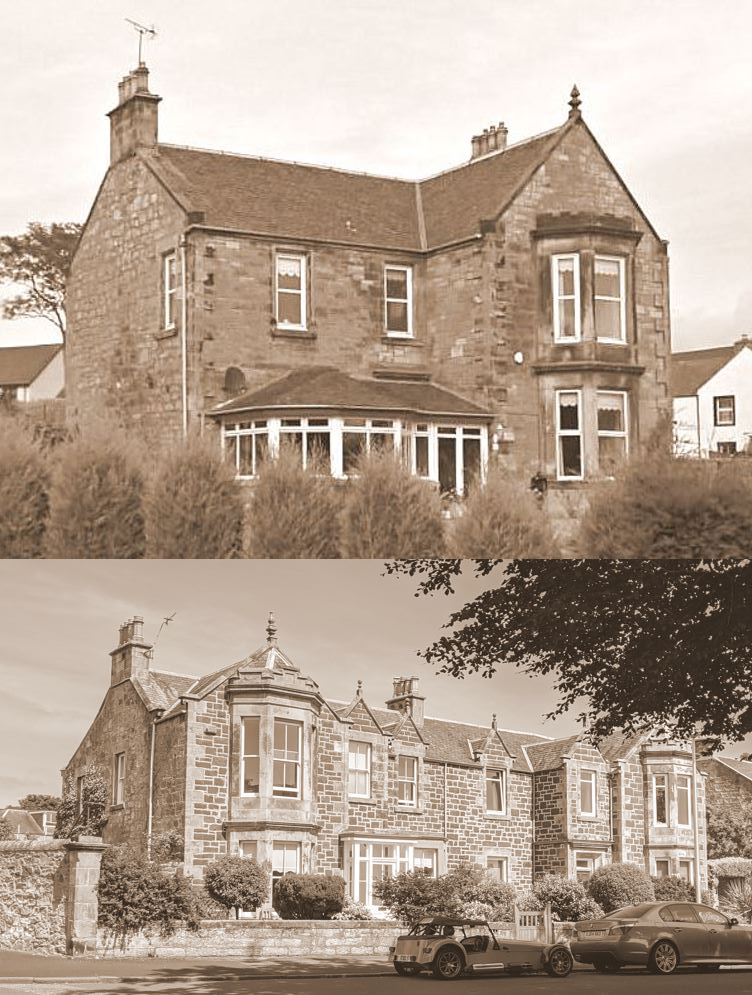
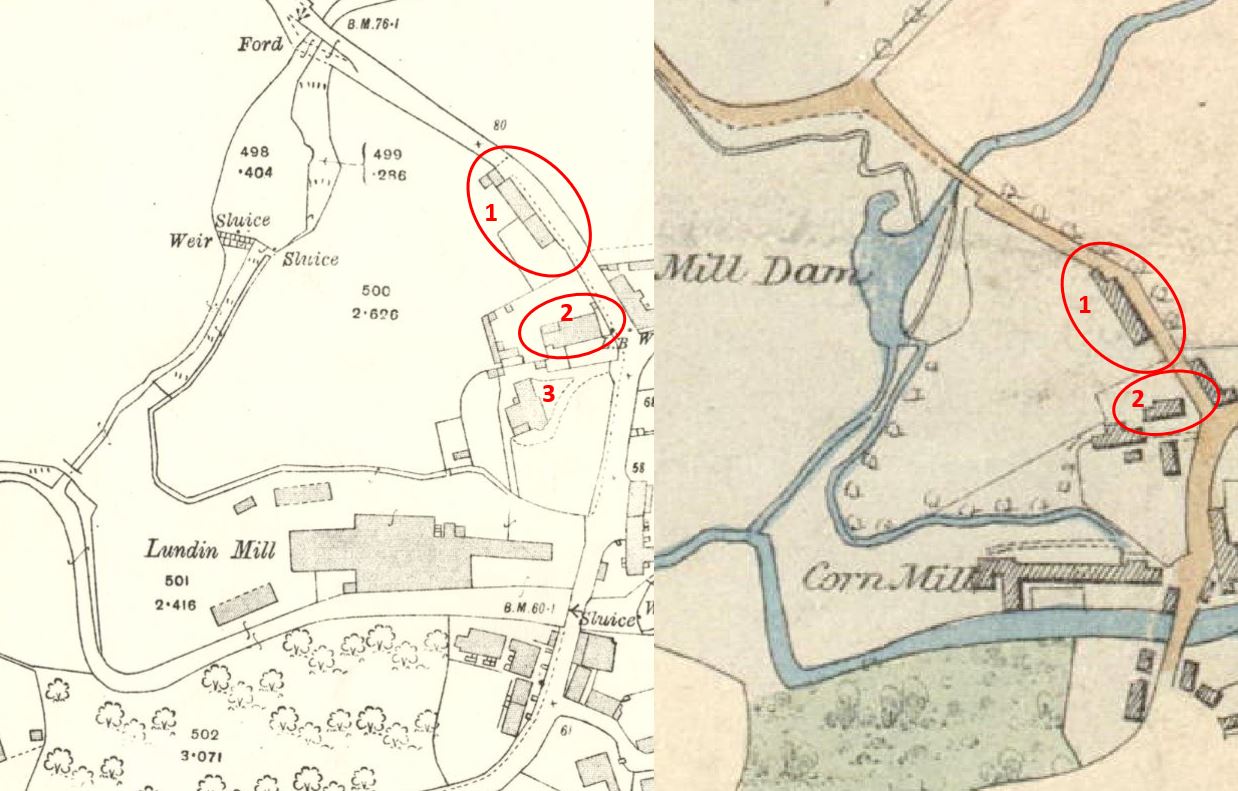
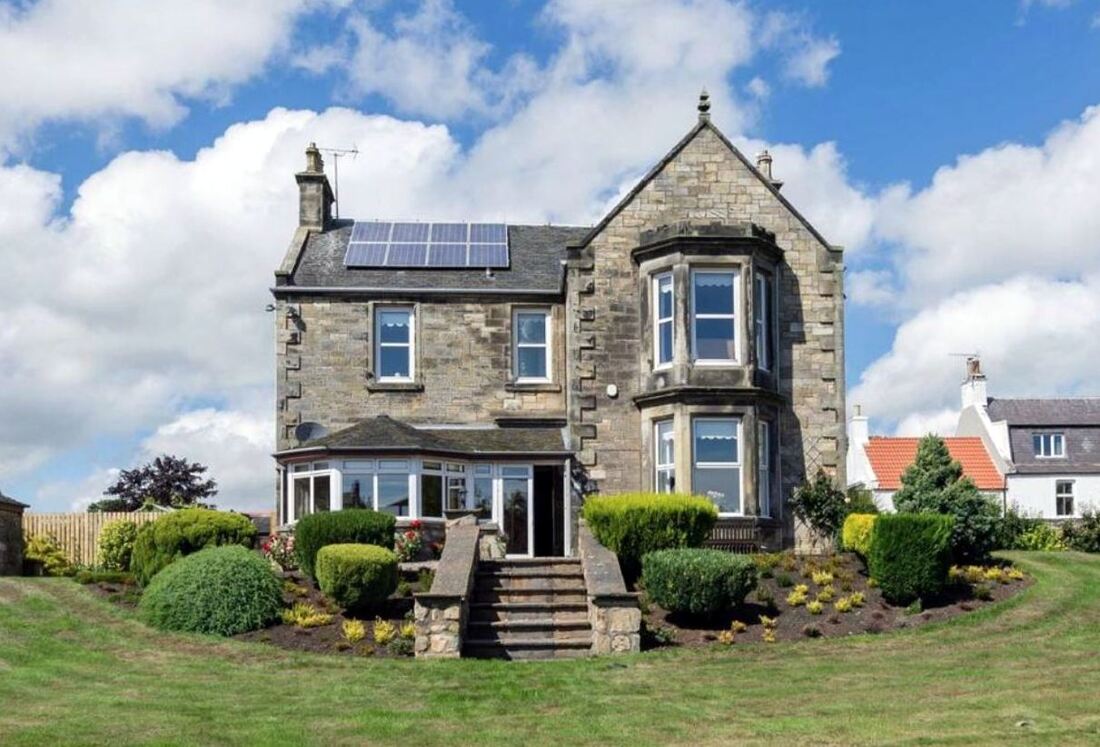
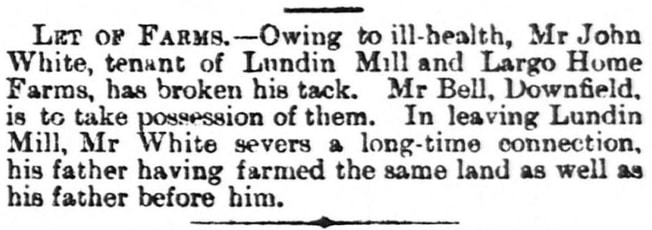
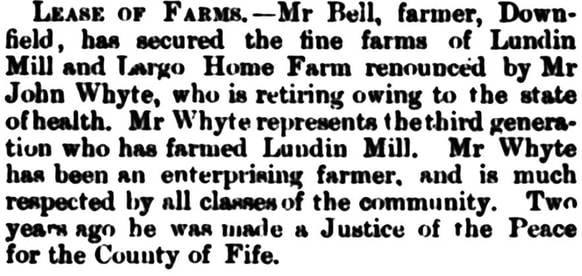
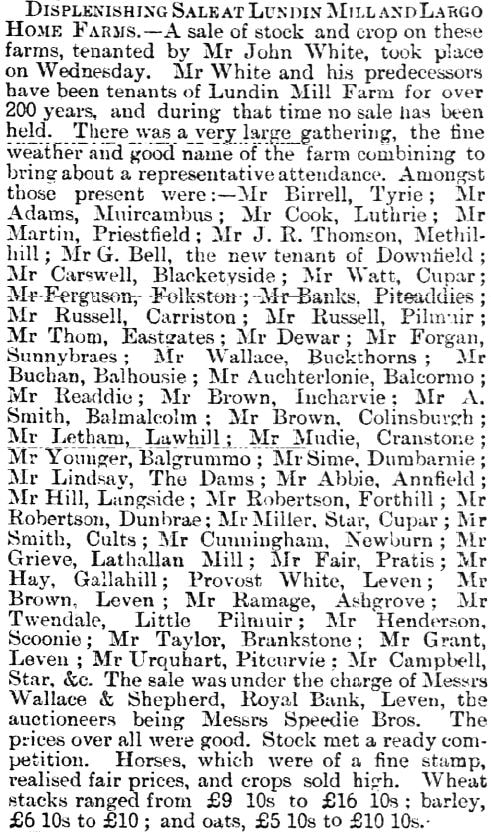
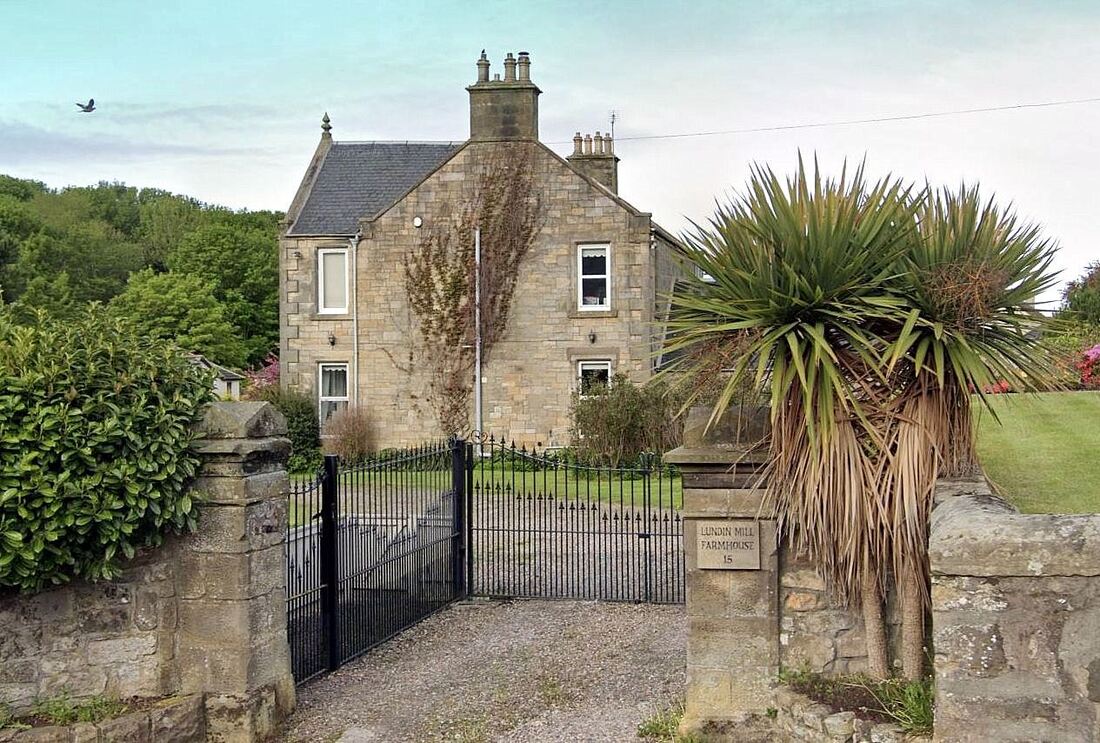
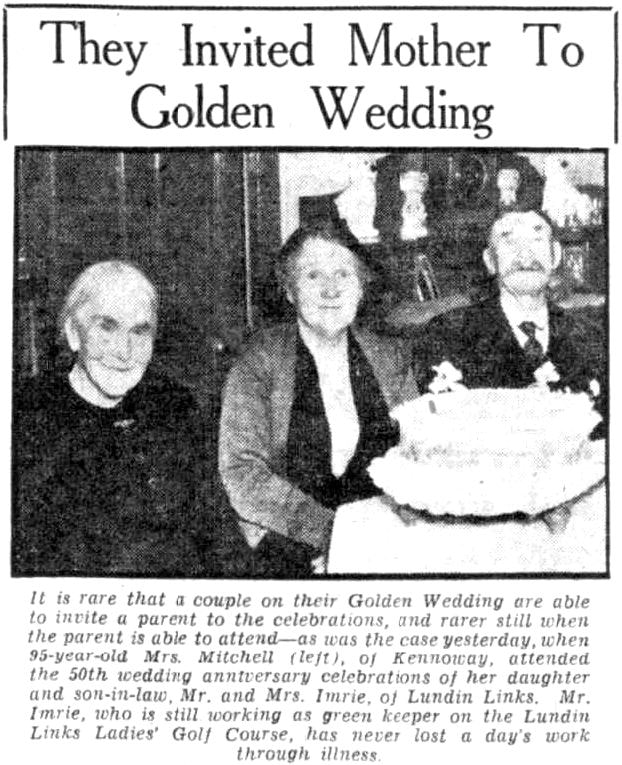
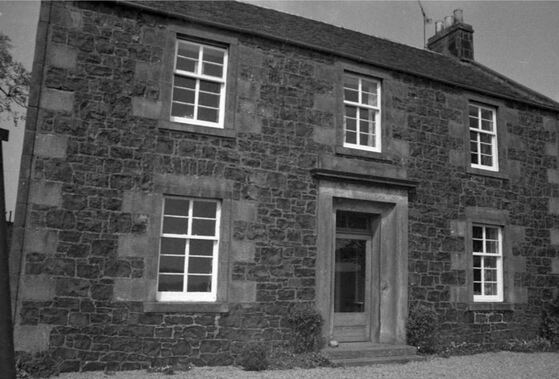
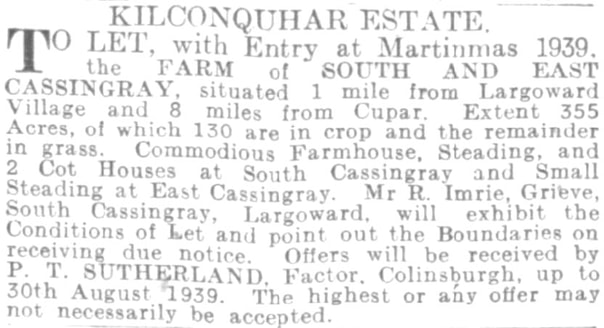
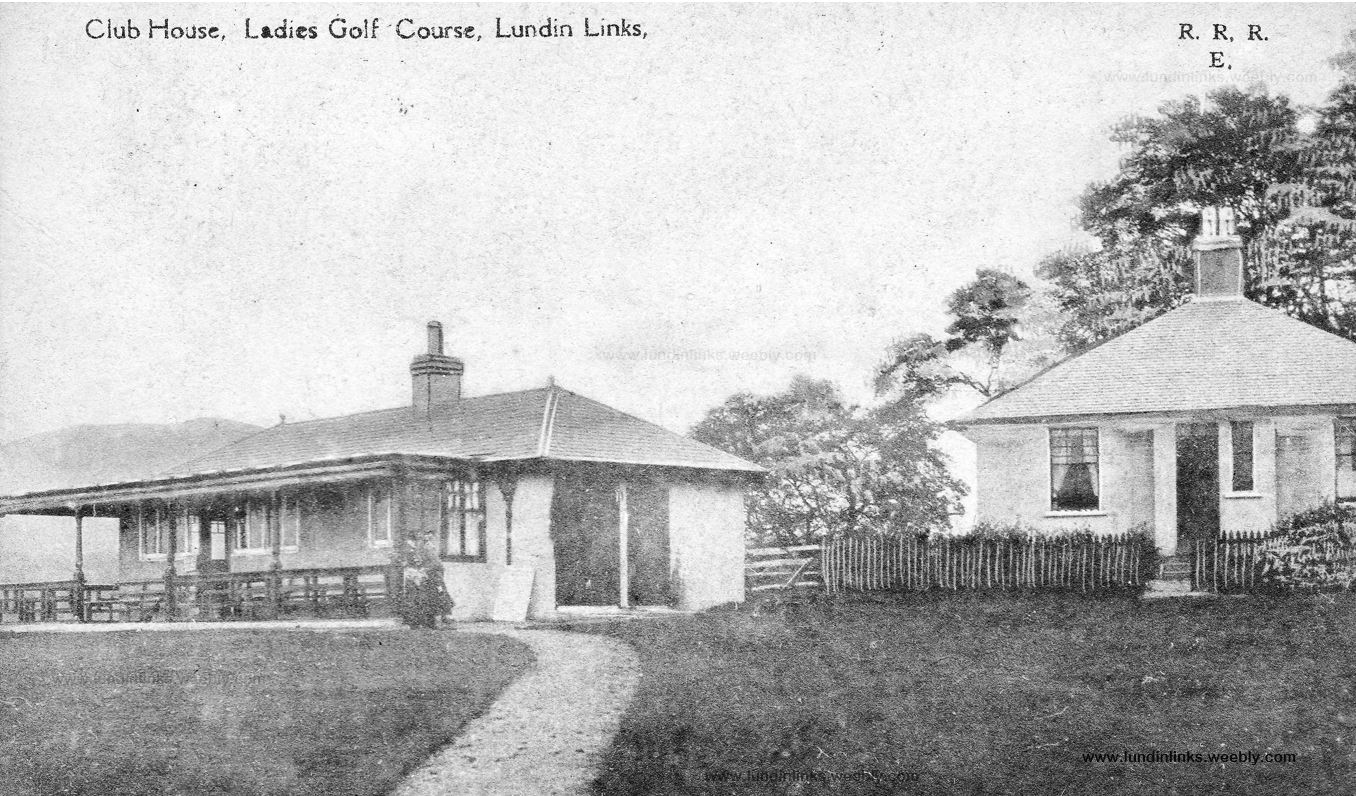
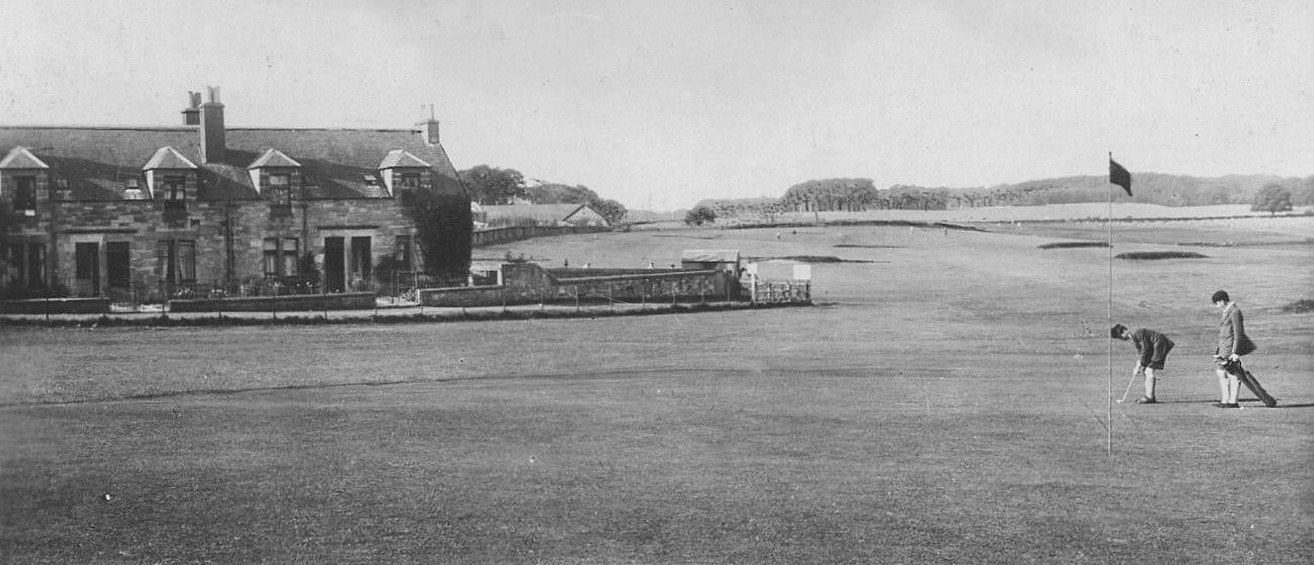
 RSS Feed
RSS Feed
